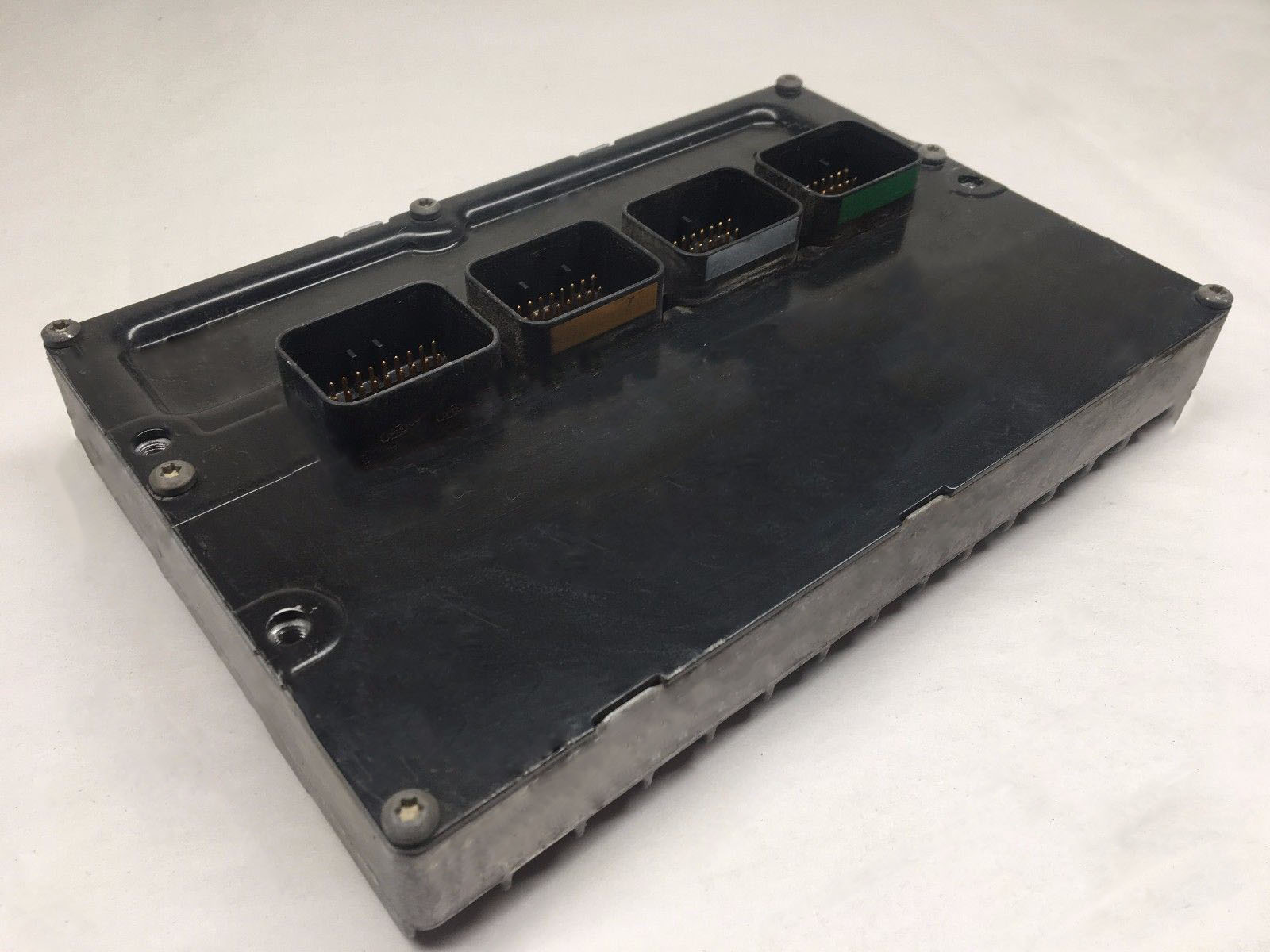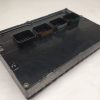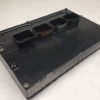Is Your Jeep Suffering from Frustrating Electrical Gremlins?
If you’re dealing with a 2009-2010 Jeep Commander or Grand Cherokee that’s stalling, running rough, or simply won’t start, a failing Engine Control Module (ECM) is often the culprit. These complex issues can be a nightmare to diagnose, leaving you stranded and facing a costly trip to the dealership. This isn’t just an inconvenience; it’s a loss of the reliability you depend on. We have the straightforward, effective solution that puts you back in control. This is the direct-fit, fully programmed 2009-2010 Jeep Commander 3.7L ECM you need to get your vehicle running right again.
Common Symptoms of a Failing ECM & Your Direct Solution
A faulty engine computer can manifest in numerous ways, often mimicking other component failures. If you’re experiencing any of the following, it’s time to consider your ECM:
- Persistent Check Engine Light: Especially with communication error codes like P0601, P0605, or P0606.
- Engine Performance Issues: Unexplained stalling, rough idling, hesitation during acceleration, or a noticeable drop in fuel economy.
- No-Start Condition: The engine cranks but refuses to start, even with a good battery and fuel supply.
- Erratic Transmission Behavior: Harsh or delayed shifting that isn’t related to the transmission itself.
- Intermittent Problems: Issues that come and go, often making diagnosis difficult for mechanics.
This engine computer is the definitive fix for these problems. It arrives at your door completely programmed to your vehicle’s specific VIN and mileage. There is no need for additional, expensive programming or key relearning procedures. It’s a true Plug & Play solution designed to make your repair as simple and fast as possible.
An Expert’s Note: I once worked with a customer whose 2010 Grand Cherokee had an intermittent stalling issue that three different shops couldn’t solve. They replaced sensors and checked wiring for weeks. The issue was a hairline crack on the ECM’s internal board that only caused a problem when the engine bay reached a specific temperature. Swapping in a pre-programmed unit like this one solved the problem in under 15 minutes. Don’t chase ghosts in the machine; a faulty ECM is a common failure point on these vehicles, and this is the most reliable fix.
Features & Real-World Benefits
- ✔ Completely Plug & Play: This unit is pre-programmed to your exact VIN. This means no trips to the dealer, saving you hundreds of dollars in programming fees and valuable time.
- ✔ Restores Original Performance: Engineered to restore the factory fuel delivery, ignition timing, and transmission shift points, bringing back the smooth and reliable operation you expect from your Jeep.
- ✔ Guaranteed Compatibility: This module is a direct replacement for a wide range of part numbers, ensuring a perfect match for your vehicle. See the full list of compatible part numbers: 05150467AA, 05150467AB, 68028166AB, 68028166AC, 68028166AD, 68028166AE, 68028166AF, 68060531AB, 68060531AC, 68060531AD, and more.
- ✔ Solves Annoying Electrical Issues: By replacing the entire control unit, you eliminate the source of frustrating, hard-to-diagnose performance problems.
- ✔ Built for Durability: Each component is rigorously inspected to ensure it meets or exceeds OEM standards for long-lasting reliability.
- ✔ Peace of Mind Included: This unit is backed by our one-year replacement warranty.
By choosing this pre-programmed 2009-2010 Jeep Commander 3.7L ECM, you’re not just buying a part; you’re buying a complete, hassle-free solution to get your Jeep back on the road with confidence.
Frequently Asked Questions
What does ‘Plug & Play’ actually mean for me?
It means the installation process is as simple as possible. We flash the computer with your vehicle’s specific VIN and mileage before we ship it. When you receive it, you simply disconnect the battery, swap the old computer with this new one, and reconnect the battery. No special tools or dealer visits for programming are required.
Do I need to send you my old computer (core)?
No, a core return is not required for this part. You can keep or responsibly dispose of your old module.
Where do I provide my VIN and mileage?
You will be prompted to enter your vehicle’s VIN and current mileage during the checkout process. This information is crucial for us to program the unit correctly for your Jeep.
Will this fit my 2009 Grand Cherokee 3.7L?
Yes, absolutely. This ECM is compatible with both the 2009-2010 Jeep Commander and the 2009-2010 Jeep Grand Cherokee, as long as your vehicle is equipped with the 3.7L engine.
My original part number isn’t 68060531AD, but it’s on your list. Will it work?
Yes. Manufacturers often update part numbers over time. All the part numbers listed in the description are fully interchangeable and compatible. As long as your original part number is on our list, this unit will be a perfect replacement.
What is covered by the warranty?
This unit is backed by our one-year replacement warranty. In the unlikely event of a failure within one year of purchase, we will provide a replacement unit.


